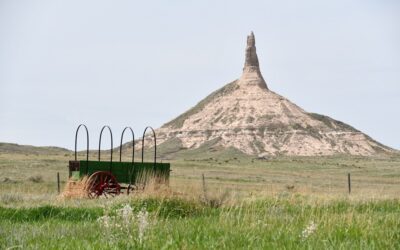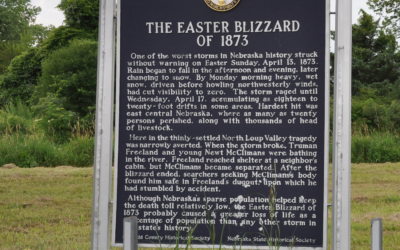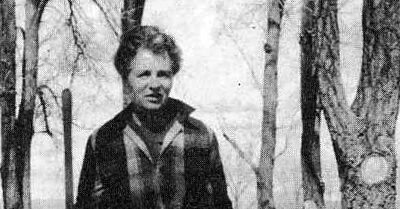Photographic images from the Red Cloud and nearby Spotted Tail agencies in northwestern Nebraska, taken just after the close of the Sioux War of 1876-77, give an important glimpse of the Lakota at the beginning of their transition to life on the reservation. “Capturing the Lakota Spirit, Photographers at the Red Cloud & Spotted Tail Agencies,” by Ephriam D. Dickson III, from the Spring/Summer issue of Nebraska History magazine, has information on eight photographers, including Stanley J. Morrow, as well as several reproductions of some of their famous photographs.
Born in 1843 in Richland County, Ohio, Morrow began his career in photography during the Civil War, when he apparently volunteered to work for Mathew Brady. After the war he and his new wife moved to Yankton, Dakota Territory, where he opened a photograph gallery. His passion, however, was working as a traveling photographer, and he soon made a six-week trip to Sioux Falls to photograph the local scenery and to the Santee Reservation to make some of his first Indian pictures.
Each summer for the next five years Morrow traveled to military forts, Indian agencies, and small towns along the Missouri River to make portraits and sell stereoscopic views. In the summer of 1876, with the continued excitement about gold in the Black Hills, he left Yankton for Deadwood, where he photographed the miners, their diggings, and surrounding towns. The approach of Gen. George Crook’s exhausted troops from a summer campaign against the northern bands afforded Morrow the unforeseen opportunity to photograph the soldiers. He also made group portraits of the expedition’s officer corps.
From the Black Hills Morrow traveled south to the Red Cloud Agency in Nebraska, arriving on October 23, 1876. He remained at nearby Camp Robinson and the agency for more than a month. Among the Indian portraits he made while there is a classic one of Red Cloud. His portraits of Spotted Tail, Two Strike, Fast Bear, and Crazy in the Lodge probably date from his visit to the Spotted Tail Agency the following year after it was relocated on the Missouri River.
Morrow returned to Yankton in mid-December 1876 and continued his photographic trips on the Missouri River for several more years. He also opened branch galleries at Fort Keogh and Fort Custer, Montana. But with his wife’s health failing, he left Yankton in 1883 and appears to have left the photography business. He died in Dallas, Texas, in 1921. Though most of his negatives were lost in a fire, many of Morrow’s original prints, including more than five hundred stereoscopic cards, have been preserved.



